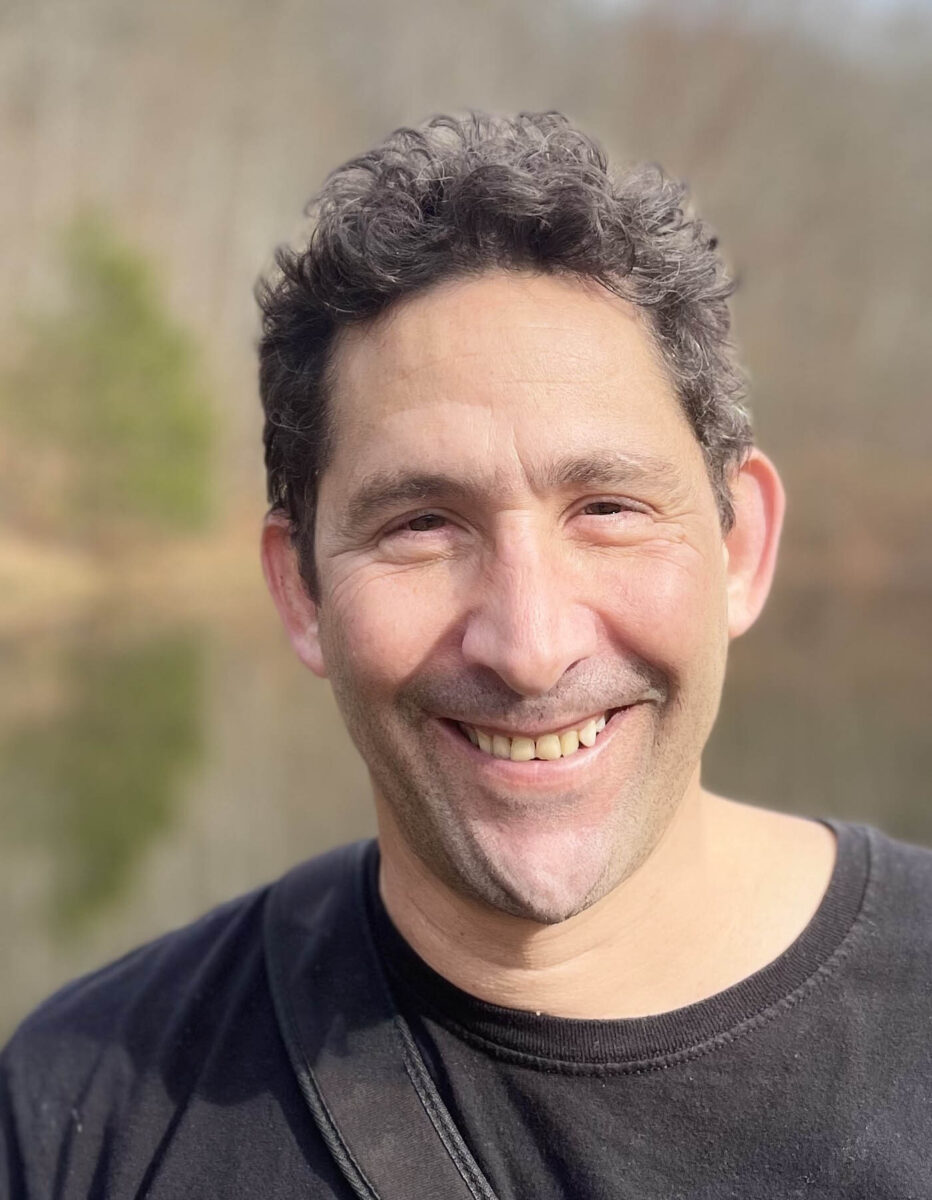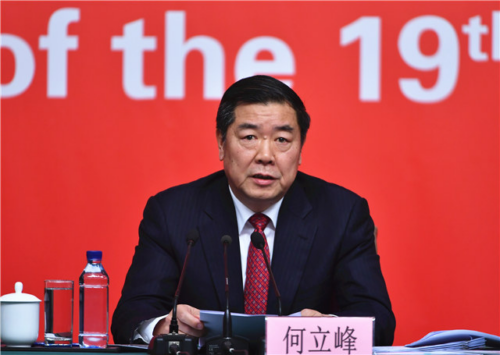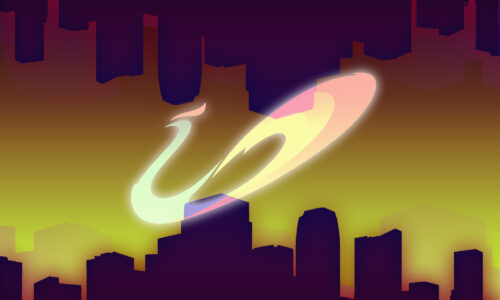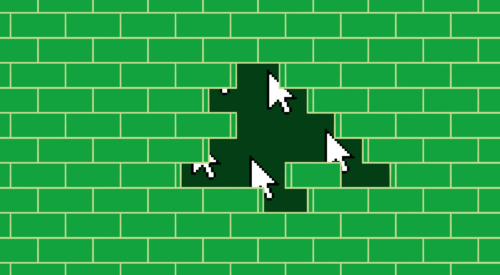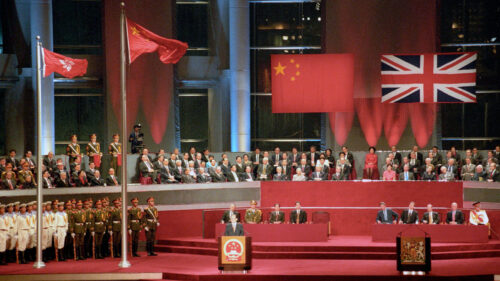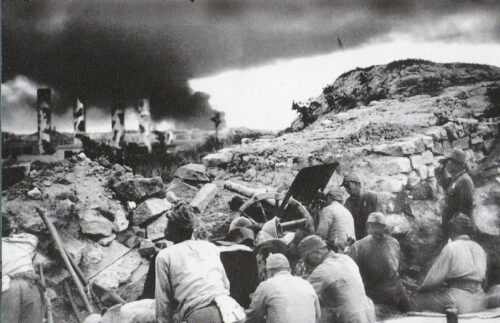Will Hong Kong invoke emergency powers?

Local Hong Kong media have indicated that the city government is considering invoking emergency powers not used in over 50 years to crack down on protesters on the 18th weekend of unrest. Per the Hong Kong Free Press:
Media outlets TVB and SCMP [have] cited unnamed sources as saying that the Executive Council will hold a special meeting on Friday to approve an anti-mask law using the Emergency Regulations Ordinance (ERO), before the government announces the measure. News outlet HK01 said the announcement may come on Saturday.
The ERO is a colonial-era law that gives the chief executive unlimited power in the event of an “emergency or public danger.” The ERO, introduced in 1922, has not been used since the 1967 leftist riots.
The South China Morning Post notes that the ERO can be invoked without approval by the Legislative Council, though LegCo would be “able to amend or strike down the law after implementation.” However, the source for the paper’s story stated that the “Legislative Council…will only meet on October 16 at the earliest.”
We noted yesterday an SCMP report on two police associations — the Junior Police Officers’ Association and the Hong Kong Police Inspectors’ Association — that backed invoking the ERO, particularly to enforce a curfew. But the ERO is, as the HKFP notes, “unlimited” in its scope, and per the SCMP, would give the government powers for “media censorship, arrests, deportations, the control of ports and all transport, the appropriation of property, and the authority to enter and search premises.”
This would play into one of protesters’ key fears — that Hong Kong is becoming more like China in its governance. New York Times reporter Paul Mozur looks at this through the lens of technology and surveillance:
Umbrellas…are now commonly deployed to shield protester activities — and sometimes violence — from the digital eyes of cameras and smartphones. In late July, protesters painted black the lenses of cameras in front of Beijing’s liaison office in the city.
Since then, Hong Kong protesters have smashed cameras to bits. In the subway, cameras are frequently covered in clear plastic wrapping, an attempt to protect a hardware now hunted. In August, protesters pulled down a smart lamppost out of fear it was equipped with artificial-intelligence-powered surveillance software. (Most likely it was not.) The moment showed how at times the protests in Hong Kong are responding not to the realities on the ground, but to fears of what could happen under stronger controls by Beijing.
Mozur comments on Twitter how the anti-mask law would be seen by protesters: “A faceless, badgeless police force confronting protesters not allowed to cover their faces would be a metaphor for the opacity and lack of accountability in China.”
The latest proof of their fears is playing out today, with news of a new anti-mask law. A faceless, badgeless police force confronting protesters not allowed to cover their faces would be a metaphor for the opacity and lack of accountability in China. https://t.co/8Pf1QmDYHx
— Paul Mozur 孟建國 (@paulmozur) October 3, 2019
Other stories from the City of Protest:
“Hong Kong police loosened their internal guidelines for using lethal force a day before an officer fired live ammunition at a student protester,” according to a leaked memo obtained by Apple Daily and Stand News, per the Hong Kong Free Press. The new guidelines say that officers are “permitted to use lethal force such as live rounds when facing an assault that causes, or is ‘relatively likely’ to cause, death or serious injury,” whereas the previous guidelines required officers to “ascertain whether the assailant had ‘intent’ to cause death or serious injury before lethal force could be used.”
The protester who was shot has been charged with rioting and assaulting officers, but could not appear in court today, since he was still in the hospital recovering from surgery removing a bullet three centimeters from his heart, the HKFP reports. There were “multi-district protests” today against the police shooting, the HKFP separately notes.
